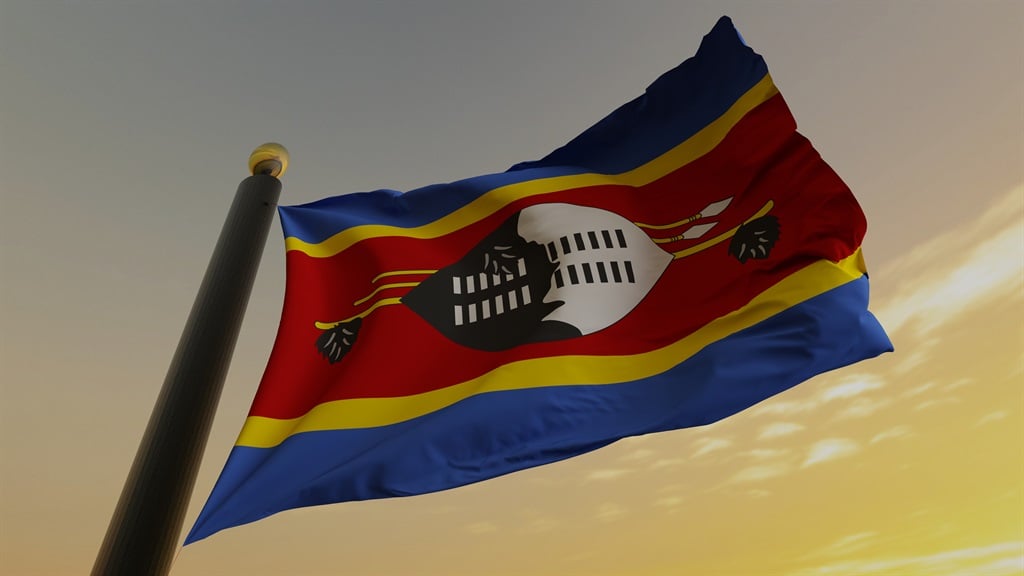Business


Flag of Swaziland.Manuel August Brown/Getty Images
- For more financial news, visit:News24 Business top page.
Dozens of tankers have been stranded for months after being hit by Treasury sanctions, a sign that the United States has room to disrupt Moscow’s oil supply chain if it so chooses.
Since October, 40 vessels involved in Russia’s oil trade have been added to the Treasury Department’s list of designated entities, primarily due to price caps aimed at restricting the Kremlin’s access to oil money. This is because of a violation.
Since its designation, only one vessel, the SCF Primorye, has carried cargo. The ship is heading to Asia. If the ship is able to unload its barrels without any problems, Russia may once again use the ship more frequently.
The sanctions and price caps imposed on Russia have been criticized as being too easy for Russia to circumvent, given that the country’s oil spills remain large. However, the fleet’s inactivity shows that countermeasures can be effective if taken against individual vessels.
Of the 40 vessels, 21 are owned by the Russian state shipping company Sovcomflot PJSC. Most of the remaining 19 ships are managed by Hennessy Holdings, based in the United Arab Emirates.
The sanctioned vessels represent a small portion of the shadow vessels built with the help of proxy companies to circumvent G7 restrictions on shipping services.
One of the 40 companies, Turkish-owned Yasa Golden Bosphorus, was removed from the list in April, allowing it to benefit from international standard services such as insurance. Since the delisting, the ship has been loading cargoes of U.S. crude oil, but remains anchored off the coast of Texas.
The remaining sanctioned ships remain empty and scattered around the world, according to ship tracking data compiled by Bloomberg.
Eight of Sovcomflot’s tankers are off the coast of Russia’s Pacific ports of Vladivostok and Nakhodka, some for as long as five months. One of the ships moored there was empty and returned to the Suez Canal, while the other was taken to a maintenance pier in China.
A second group of licensed Sovcomflot tankers is inactive in the Black Sea.
Shortly after arriving, they each appeared to switch off their transponders, revealing their location to digital tracking systems. However, given the need for these ships to signal if they leave the Black Sea through Turkey’s narrow Bosphorus Strait, it is almost certain that they are all still in the area.
The first of a seven-strong fleet arrived in December. The most recent arrived in China earlier this month after handing over the final cargo of crude oil it loaded at the Pacific port of Cosmino just days before sanctions were imposed in February.
The remaining three of the company’s licensed vessels are in the Baltic Sea. The two vessels are anchored outside the Ustruga export terminal. The other one is further west, off the coast of Estonia, and has been occurring since late February.
Hennessy’s 18 sanctioned tankers also appear to have been dormant, most of them since being added to the Treasury Department’s list in January. One ship had already been named the previous month. Like their Sovcomflot counterparts, these vessels are clustered in a small number of locations.
Ten of the vessels are off the coast of China and South Korea, two of which are at maintenance piers.
Most of the rest are off the coast of Port Said in the eastern Mediterranean, some staying for more than three months.
Due to signal spoofing, where tracking systems received false location signals, several of these ships were temporarily berthed at various local airports. For example, Census appeared on the taxiway at Rafik Hariri Airport in Beirut, Lebanon, on May 17th. Other recent signals have also berthed ships at Cairo airport.
The only licensed Hennessey tanker that appears to be potentially active is the LR2 tanker Apus. She departed Port Said in late March and arrived in the Persian Gulf in mid-April. It then traveled for several days near Iran’s Soroush oil field at speeds of less than 1 knot before heading to Khor Fakkan in the UAE, where it was last seen at the end of April.
In a separate development, at least 10 of Sovcomflot’s sanctioned tankers have been renamed and reflagged to Russia.
New name/old name
Antarctica / NS Antarctica
Belgorod / NS Bravo
Bratsk / NS Burgas
Kaliningrad / NS Captain
Kareliya/NS Century
Kemerovo / NS Columbus
Kolomna / NS Consul
Krasnoyarsk / NS Creation
Ladoga / NS Lion
Sakhalin / Sakhalin Island
Data shows five Hennessy tankers are also operating with new identities, all now sailing under the Eswatini flag. The small landlocked country in southern Africa, formerly known as Swaziland, is one of the latest countries to offer ship registration services.
This comes after the International Maritime Organization (IMO) issued a warning in April over flags it deemed fraudulent. The report raised specific concerns about the national flags, which are said to be maintained on behalf of Guyana and Eswatini, respectively.
New name/old name
Apsu/HS Urge
Avril / HS Atlantica
Bettle/Uze
Kruger/Ospelas
painter/brush
Tanker names are often changed after sanctions to keep the vessel off the list in sanctions databases. These can be tracked by unique numerical identifiers that are assigned unchanged.
*This article has been updated by News24 to highlight IMO’s April statement.
The source of this program
“I love ingredients because they are useful!!”
“Dozens of tankers remain stranded without action, months after the Treasury sanctions. It’s a sign that it can be confusing.”
Source: Read more
Source link: https://www.news24.com/fin24/economy/sanctioned-russian-tankers-now-bear-landlocked-eswatinis-flag-20240520